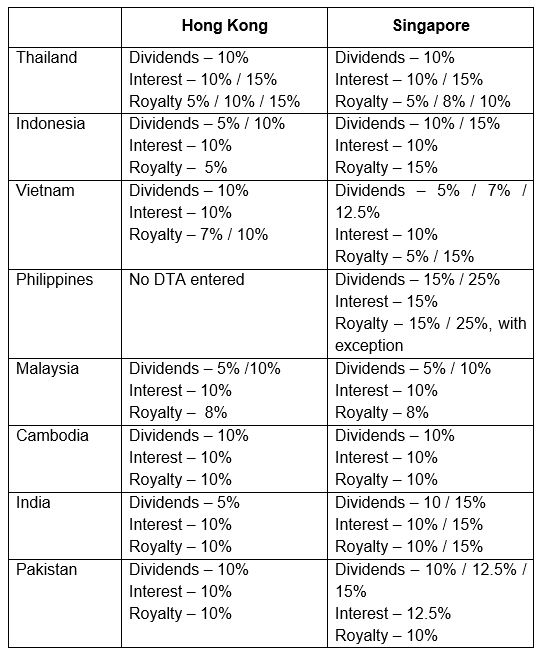作者:楊素滿
中國國家知識產權局於2020年4月20日發佈了2020年至2021年《關於加強知識產權保護的意見》實施計畫(以下簡稱《計畫》),其中詳細介紹了中國在加強知識產權保護的路線圖,涵蓋專利、商業秘密、商標、版權、醫藥產品、電子商務以及打擊盜版、假冒和執法的計畫。
我們將《計畫》中有關商標的部分(包括侵權和假冒)內容總結如下:
1. 商標法律法規
• 酌情審查和修訂《商標法》,加強商標保護與執法
• 規定知識產權侵權的懲罰性賠償
• 完善刑事訴訟程式和處罰,銷毀侵權和假冒商品,規範政府資訊公開
• 查看地理標誌保護立法研究(2021年12月底前完成)
• 修訂集體商標和認證標誌登記管理辦法(持續推進)
• 引入打擊網路侵權和假冒的司法解釋(2020年8月底前完成)
• 制定最高人民法院、最高人民檢察院關於辦理侵犯知識產權刑事案件具體適用法律的解釋(3)(2020年8月底前完成)
• 修訂有關打擊假冒不正當競爭的某些規定(持續推進)
• 研究制定電子商務平台知識產權保護管理標準,制定控制電子商務平台上盜版、侵權假冒的政策檔(2020年10月底前完成)
• 制定銷毀侵權和假冒商品的政策檔(2020年7月底前完成)
2. 加強知識產權行政執法和司法保護
• 制定和發佈商標侵權判決標準(2020年6月底前完成)
• 發佈專利、商標、著作權、農業植物新品種等典型案例,以及海關和文化市場領域的行政執法和司法保護年度報告(2021年12月底前完成並持續推進)
• 嚴厲打擊危害健康安全隱患的假冒偽劣商品,增加辦案頻率,建立每季度公開發佈上述執法行為資料和資訊的制度(2020年5月底前完成)
• 推進商標侵權糾紛試點檢驗鑒定,完善知識產權侵權糾紛檢驗鑒定制度,研究建立侵權損害評估制度(持續推進)
• 組織知識產權執法保護專項行動,銷毀侵權假冒商品,嚴厲打擊侵犯知識產權行為(持續推進)
3. 完善知識產權大型保護機制建設
• 研究建立商標行政確認和重大侵權行政執法案件聯動和資訊共用機制,開展試點工作(持續推進)
• 開展知識產權領域信用分級分類監管試點,規範惡意商標註冊(2021年12月底前完成並持續推進)
4. 優化知識產權快速保護的關鍵環節
• 加強商標審查能力, 並將審查時間縮短至4個月以下(2021年12月底前完成)
• 探索商標註冊、修改、續期和其他申請的快速審查機制(持續推進)
• 加強巡迴商標審查案件,建立重大案件公開審查機制(持續推進)
• 制定知識產權保護中心管理、培訓和品質控制相關規定,提高快速協作保護能力(2020年12月底前完成)
5. 擴大知識產權保護領域的對外交流與合作
• 完善境外知識產權資訊服務、預警等平台,加強主要貿易國(地區)知識產權法律法規修訂和重大爭議案件動態跟蹤研究機制建設,建立境外商標糾紛案件資料庫(持續推進)
6. 加強知識產權保護資源保障
• 加強侵權假冒行政執法和刑事司法資訊共用平台建設(持續推進)
• 推動建立打擊侵犯知識產權案件的資訊系統平台(持續推進)
7. 推進知識產權保護宣傳與文化建設
• 繼續舉辦全國知識產權宣傳周、中國知識產權年會、中國國際商標及品牌節等大型宣傳活動(持續推進)
8. 加強知識產權保護組織保障
• 開展打擊侵犯知識產權和制售假冒偽劣商品的績效考核(持續推進)
• 完善侵犯知識產權舉報獎勵機制(持續推進)
您將看到中國國家知識產權局正在兩年內積極尋求知識產權保護方面的變化/實施,因此,我們可能需要等待並查看未來幾年中國國家知識產權局的更新,以等待該計畫的結果。
實施計畫的完整版本可從以下連結找到: https://www.cnipa.gov.cn/art/2020/4/20/art_53_118147.html
任何疑問,請聯繫楊素滿律師 (evelyne.yeung@oln-law.com)。 免責聲明:本文僅供參考。高李嚴律師事務所對任何人因本文所所載的任何內容而行所造成的任何損失和/或損害不承擔任何責任。
 香港中環雪厰街二號聖佐治大廈五樓503室
香港中環雪厰街二號聖佐治大廈五樓503室 +852 2868 0696
+852 2868 0696







